Understanding Complex Communication Needs (CCN)
Complex communication needs (CCN) refer to situations where individuals have difficulty using speech alone to effectively express themselves and understand others. This can be temporary or long-term, and affect people of all ages and backgrounds.
Who has Complex Communication Needs?
CCN can arise from various factors, including:
Developmental disabilities: Autism, Down syndrome, cerebral palsy, etc.
Sensory impairments: vision impairment, deaf or hard of hearing, etc.
Acquired disabilities: Stroke, brain injury, etc.
Genetic conditions: Angelman Syndrome, Rett Syndrome, Fragile X, etc.
Progressive disorders: ALS, dementia, primary progressive aphasia, etc.
Speech disorders: Apraxia, dysarthria, etc.
How do People with CCN Communicate?
People with CCN develop alternative ways to communicate. Individuals with complex communication needs exist on a spectrum, and communication supports are tailored to their unique strengths and interests.
Augmentative and Alternative Communication (AAC): This encompasses a wide variety of tools and strategies like pictures/icons, visual-tactile symbols, core vocabulary boards, battery operated devices that can speak pre-stored messages, speech-generating devices with robust vocabulary sets and alternative access methods (touch, switch access, eye gaze, etc.), and communication apps.
Gestures: Pointing, facial expressions, body language.
Vocalizations: Sounds and expressions used for communication.
Understanding CCN
Here are some key points to remember about CCN:
Receptive understanding: People with CCN may understand more than they can express.
Frustration: Difficulty communicating can lead to frustration. Be patient and use alternative methods.
Independence: AAC tools can empower individuals with CCN to express themselves independently.
Respectful communication: Treat everyone with dignity and respect, regardless of their communication method.
Additional Resources:
American Speech-Language-Hearing Association (ASHA): https://www.asha.org/public/speech/disorders/ (Information on AAC and SLPs)
The National Clearinghouse on AAC: https://rerc-aac.psu.edu/ (Extensive resources on AAC)
International Society for Augmentative and Alternative Communication (ISAAC): https://isaac-online.org/ (Global organization promoting AAC)
